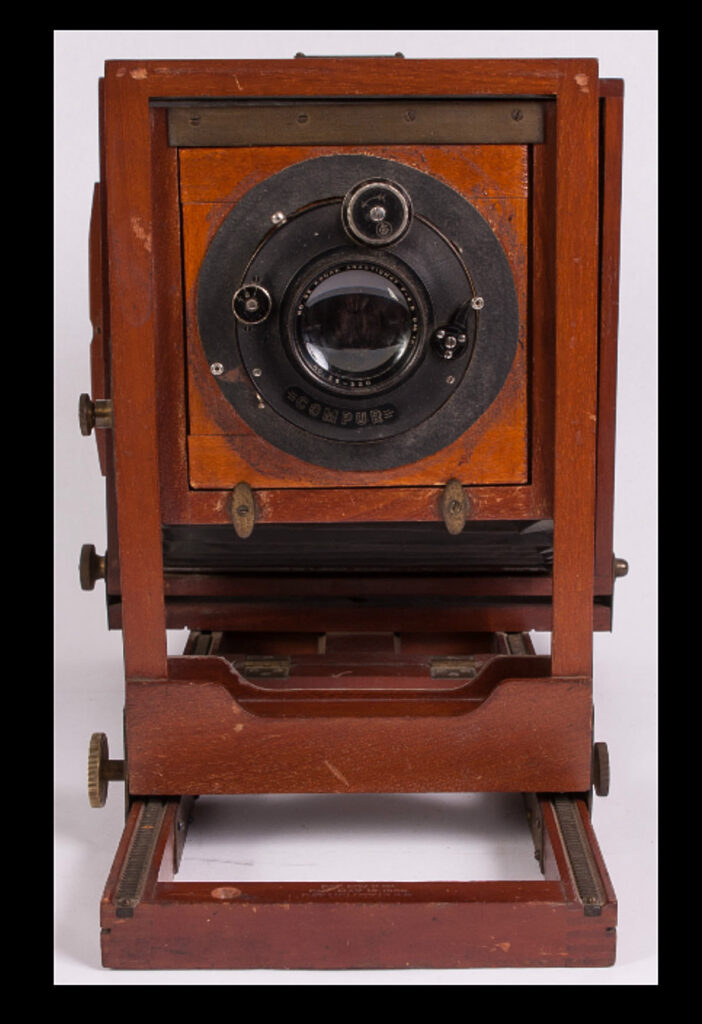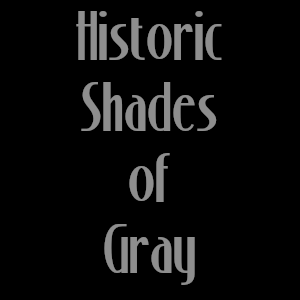Who was Howard Clinton Tibbitts?
H.C. Tibbitts (1863-1937) was a glass plate photographer who focused his work around the raw beauty of the American West. Born in California, he spent the majority of his time photographing and traveling from a home base in San Francisco. Included in his works are photographs of iconic landmarks such as Yosemite National Park and other landscapes discovered throughout his travels. He had a keen eye to that of agriculture and railroads. He also had a sense to document the native Americans in their lives and culture.
He documented the American West, Canada, and Mexico. His photographs are in the collections of the University of California’s Bancroft Library, the California State Railroad Museum, the California Historical Society, and many other major museums and institutions.
H.C. Tibbitts started photographing in 1892 with a job with the Southern Pacific Railroad. For over 40 years after, his work was showcased in the railroads’ “Sunset Magazine” to promote the passenger business. While much of his photography has also been published over the years in books, periodicals, and as post card images, these original glass plate negatives come from a long-time privately held estate archive of his work. Many have never been published or previously seen by the general public prior to 2018.
These glass plates date from the early 1900’s and stand as a testament to the art and science of a time when each individual photographer created, transported, exposed, and developed every negative by hand, in the field, often in less than ideal conditions.
Tibbitts was meticulous in his labeling formula for his photos. Each has a number, each number has a short description and background of his shot. These are dated and stored, after being processed, in a “mostly” light proof fashion.
What are Glass Plate Negatives?
One of the oldest forms of photography, glass plate negatives reserve one of the most incredible forms of photographic medium. If the plate is exposed well, the resolution of the image nears infinity with respect to our digital scanners and eyes. These plates are old and fragile and inevitably were replaced by film shortly after Tibbitts began his photography career.
Unlike new forms of photography, this complete science experiment held quirks that only a professional can fully grasp. Exposing a picture with a filtered glass plate would be similar to image stacking today, but doing such a feat with success merely proves H.C. Tibbitts’ sheer expertise. Below is a camera of the same vintage as the glass plates you see on this site.

Historic Shades of Gray
Experience history
about Us
We are a small operation out of Northwestern Illinois. We stumbled upon H.C.T. and found passion in his works. Now we are painstakingly scanning and correcting blemishes from the glass plate negatives from his travels.
